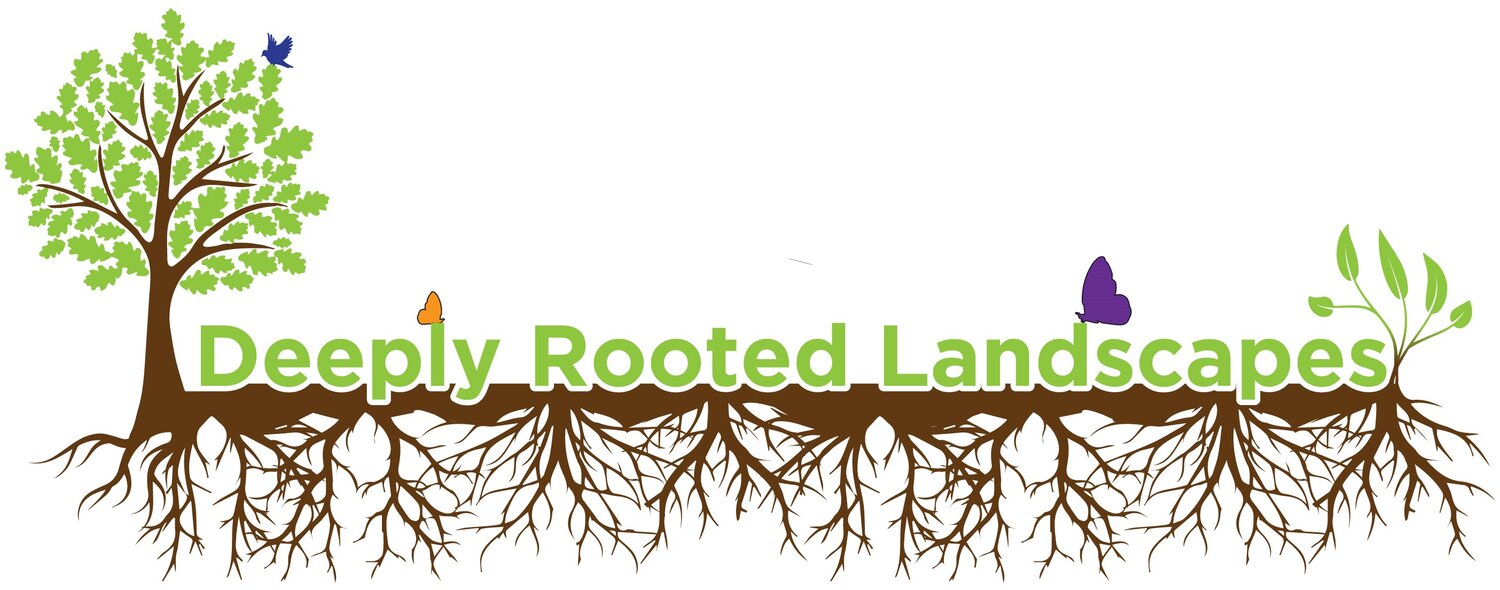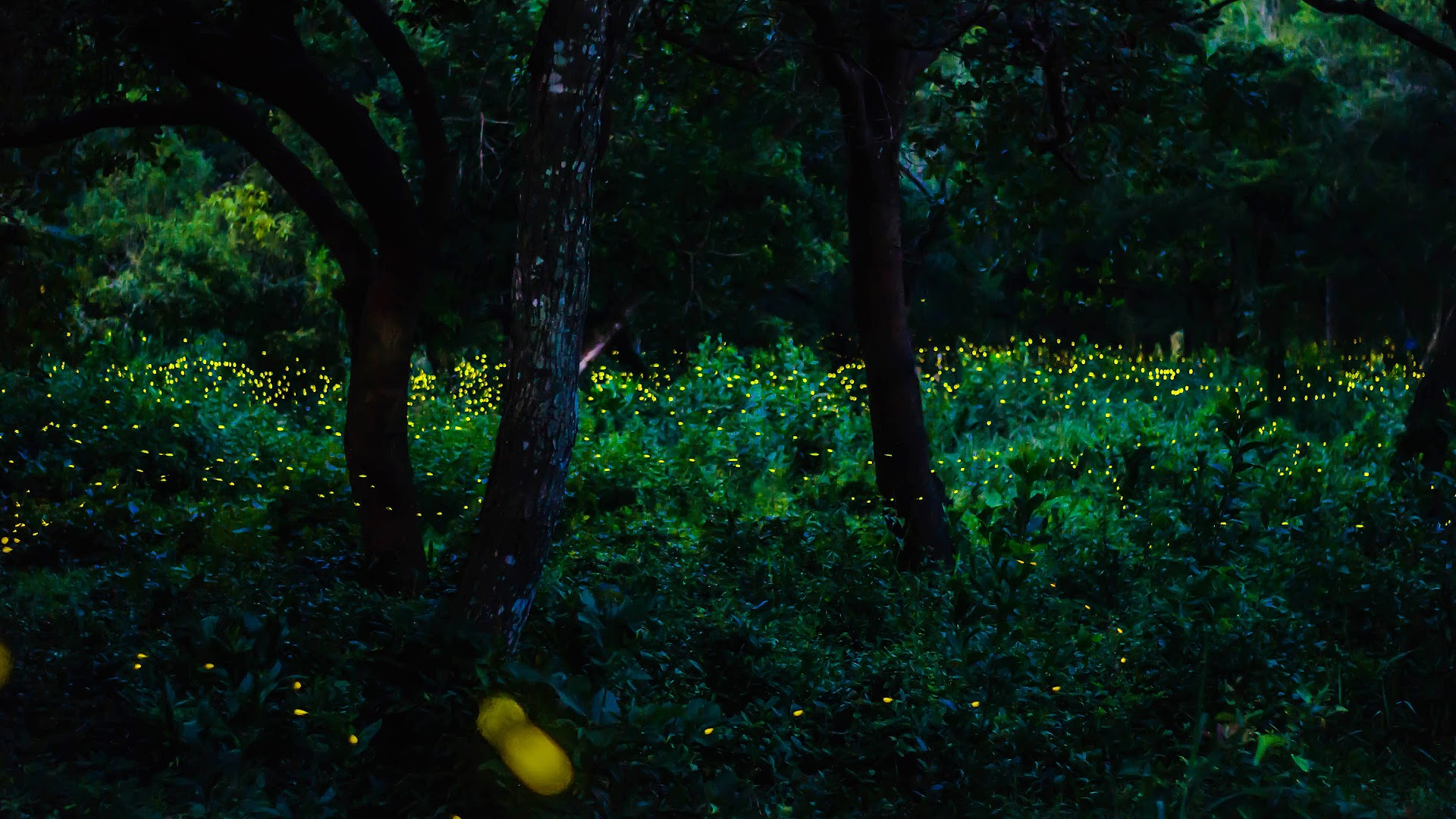Invite Fireflies To Your Yard!
Fireflies are under threat in North America. All 150+ species of fireflies are in decline due to habitat loss, light pollution, climate change, and insecticides. Here's how you can help!
Provide Habitat
Plant native plants and let some areas grow a little wild. Fireflies need moisture, add natives suited to wet soil and include plants of different sizes and shapes, like grasses, wildflowers, and trees or shrubs. Letting these spaces grow a little wild provides plenty of spots for female fireflies to lay their eggs.
Leave The Leaves
Fireflies spend 1-2 years growing in the larval stages. They live in soil, mud, and leaf litter, eating any small creatures they can find. Leaf litter, log, and brush piles are excellent habitats for firefly larvae and adults. If you're worried about your garden looking untidy, tuck these piles behind shrubs or dedicate a section of your backyard to be a little messier for these enchanting insects.
Go Dark
Save some energy while attracting fireflies to your yard. Artificial light interferes with the glow fireflies use to attract mates, making it difficult for fireflies to see each other. They also glow to ward off predators. Instead, use motion sensors and timers on your porch lights, dimming as much as possible and using them only when and where needed.
Stop Spraying Pesticides
Pesticides can kill the insects you are trying to eliminate and the ones you want to attract. Instead, practice organic gardening methods that do not rely on chemicals. For example, fireflies eat the garden pests that humans regularly spray pesticides to kill. You can naturally control these critters by creating a firefly-friendly yard.
Want to learn more about gardening for fireflies? Check out Firefly Conservation & Research, Xerces Society for Invertebrate Conservation, and Garden For Wildlife by National Wildlife Federation.




